Three genres—novels, plays, and poetry—emerged during this period, with three outstanding representatives being Ihara Saikaku, Chikamatsu Monzaemon, and Matsuo Bashō.
Urban and folk literature
The literary renaissance began in the 17th century, at the start of the Tokugawa shogunate's rule in Edo (now Tokyo). Early merchant-citizen literature developed according to the model of the 17th century until the mid-18th century.
During two and a half centuries of isolation, without contact with the outside world, that literature lacked new inspiration and gradually lost its vitality, especially as it entered the 19th century.
The central characters of literature are no longer the princes, princesses, and ladies of the Heian court; nor are they the warriors who fought in battles during the early Middle Ages; but rather wealthy merchants, small traders, craftsmen, prostitutes… the urban classes.
Three genres—novels, plays, and poetry—emerged during this period, with three outstanding representatives being Ihara Saikaku, Chikamatsu Monzaemon, and Matsuo Bashō.
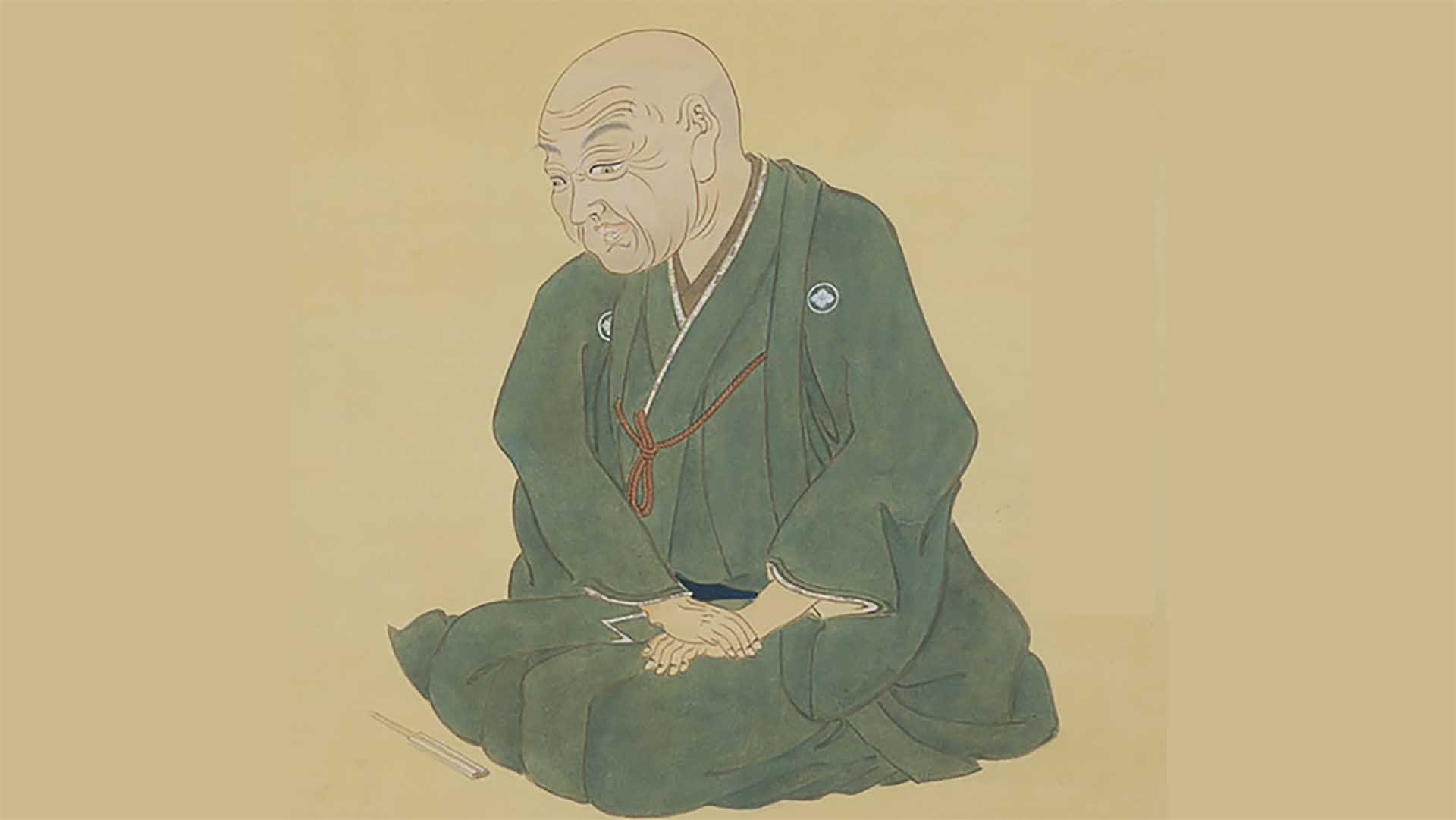 |
| Poet Ihara Saikaku (1642-1693). |
Ihara Saikaku (1642-1693) was a poet and novelist, one of the most outstanding figures in Edo-era Japanese literature. He was a wealthy merchant in Osaka, retiring at the age of forty to dedicate himself to writing. His extensive travels and keen observation skills allowed him to write in a realistic, humorous, and precise style, much like the haiku poetry he was so skilled at.
He spent 12 years writing the collection of stories about the fleeting nature of life (Ukiyo-zōshi – a genre of novels about the ephemeral world ). He only addressed contemporary issues: passionate love stories or erotic tales, war, stories of the business world, creating a "comedy of life" in cities and provinces. He told quirky stories.
There's a story about the beautiful wife of a wealthy landowner who set a trap for a maid who fell in love with her husband's servant; she ended up falling asleep in his arms. Afterward, she had to wander with him; both were captured and punished. Another story tells of the people of a remote village who worshipped an umbrella that appeared out of nowhere; the umbrella spirit demanded a sacrifice to a woman; a young widow volunteered; after waiting a long time without the spirit arriving, she angrily tore the umbrella to shreds…
Ihara Saikaku composed approximately 12 volumes of poetry and poetry criticism by the end of his life, including a collection of poems (about 23,500 poems) that he composed in a single day. After the death of his wife (1675), he composed a Haikai poem (a long poem in the waka style of Japanese folk poetry) of thousands of lines in twelve hours (Haikai Dokugin Ichinichi – A Day of a Thousand Poems), and at the same time, he decided to become a lay Buddhist monk and began traveling throughout Japan.
He wrote many famous novels such as: The Life of a Womanizer (Koshoku Ichidai otoko, 1682), Five Women Who Loved Love (Koshoku Gonin Onna, 1686)...
***
Chikamatsu Monzaemon (1653-1725) was a playwright and live-action actor, considered "Japan's greatest playwright" and the Japanese Shakespeare. Born into a samurai family, he was well-versed in Chinese classical studies and spent some time living in a temple.
His plays surpassed contemporary literature, although due to an overemphasis on the characteristics of puppet theater, their literary value was sometimes diminished. To this day, his plays still retain some modern elements; they portray the fate of humanity through characters from the lower classes, mistreated by fate – both realistic and lyrical.
He neither praised nor condemned the lecherous householders or prostitutes, but rather sympathized with them. The virtue he emphasized was righteousness (Giri, meaning righteousness in Chinese characters); here, righteousness refers to a duty, a spiritual debt to be repaid. Chikamatsu's famous plays include *The Two Suicides at Sonezaki* (Sonezaki Shinju, 1703), *Suicide for Love at Amijima* (Shinju Ten no Amijima, 1721), and *The Messenger of Hell* (Meido no Hikyaku, 1711)...
***
Matsuo Bashō (1644-1694), also known as the Banana Leaf Zen Master, was a renowned poet and painter. Born into a tenant farmer family, he found pleasure in literature from a young age. He was very knowledgeable in Chinese poetry. After working as an official for a time, he practiced Zen Buddhism. He founded the Sofu Taoist school (referring to the image of an artist's life as torn apart by the wind on stormy nights), advocating the expression of genuine emotions, unconstrained by rules or formalities.
He traveled extensively before settling near Yedo in a simple house by the river. A banana grove stood in front of the house, hence the name Bashō-am. After his house burned down, he returned to traveling to scenic places, writing poetry and painting ink wash paintings, cultivating his mind and poetic skills.
He made a significant contribution to the modernization of Haiku poetry, which was previously just a humorous, commonplace form of poetry with strict rules and a heavy reliance on wordplay. Each Haiku poem consisted of only three lines of 5 + 7 + 5 syllables.
He expanded the theme of Haiku, incorporating colloquial language and philosophical, lyrical content with a free-flowing, sensitive sensibility. His last Haiku poem tells of a night when the poet and his companions slept in an inn with two prostitutes. The two women asked to join the group, but the monk dared not accept them because he still had many other places to visit.
He felt compassion for them and wrote a poem about it. His major works include: Nozarashi Kikō (1685), Haru ni Hi (1686), Kashima Kikō (1687), Oku no Hoshomichi (1689), Saga Nikki ( 1691)...
To truly appreciate a Haiku poem, one needs to understand the context in which it was written and the historical allusions that underpin it.
Source



![[Photo] Prime Minister Pham Minh Chinh holds a phone call with the CEO of Russia's Rosatom Corporation.](/_next/image?url=https%3A%2F%2Fvphoto.vietnam.vn%2Fthumb%2F1200x675%2Fvietnam%2Fresource%2FIMAGE%2F2025%2F12%2F11%2F1765464552365_dsc-5295-jpg.webp&w=3840&q=75)




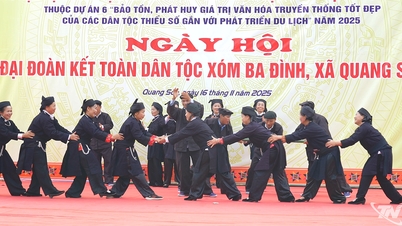

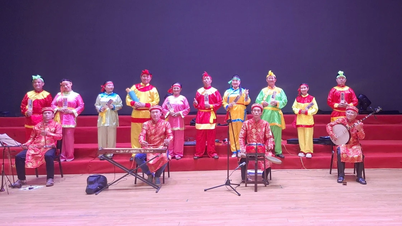

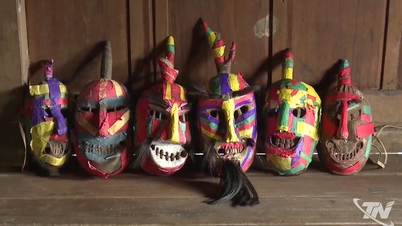














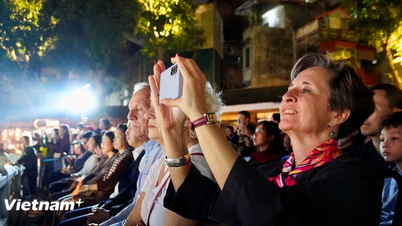











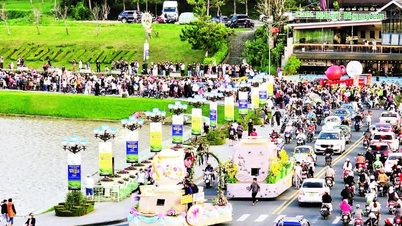

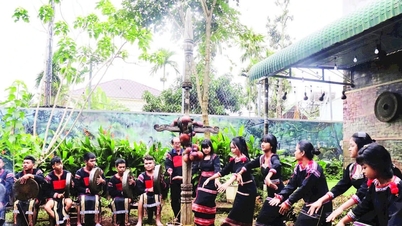
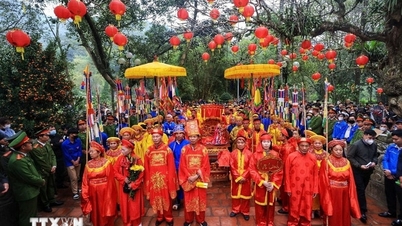


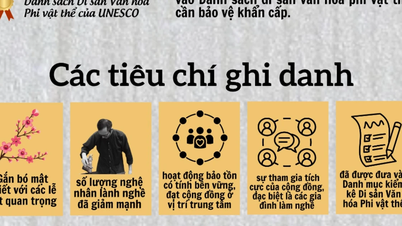




















































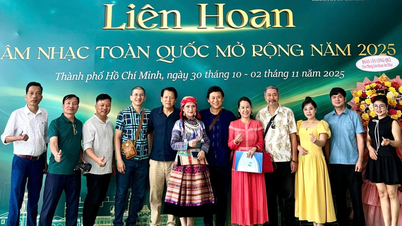













Comment (0)